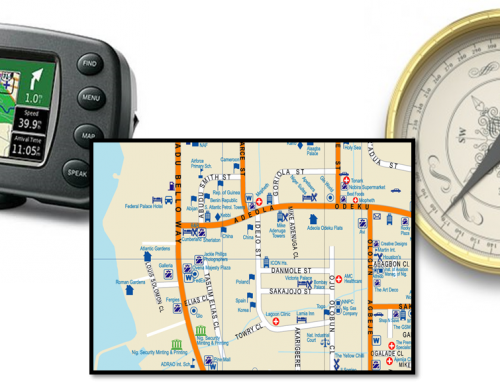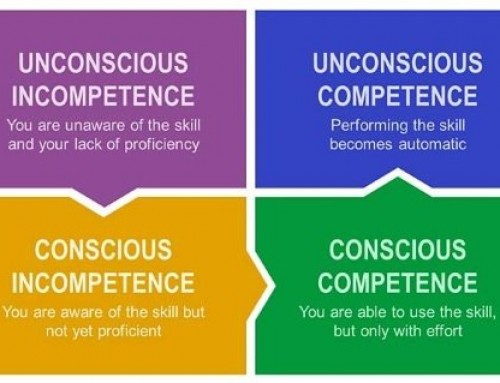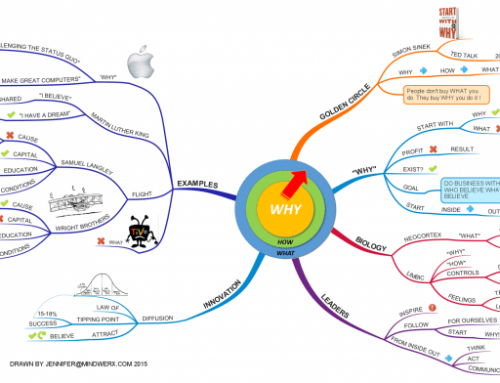We were recently asked the question “How does a visual map unlock creativity in our brain?”
I answered this as one of our FAQs in our Mind Mapping eModule Preview but thought it was worth repeating here.
Creativity is a key ingredient to success, and visual maps, particularly Mind Maps help unlock it in a number of ways. First let’s talk about your term visual maps, which is a nice one that can describe a range of techniques such as Flow Charting, Concept Fanning, Life Scaping, Idea Maps, and a wide range of what are sometimes called Graphic Organisers.
The value most of these bring is they are generally using images (a picture is worth a thousand words), connection or association, key points rather than sentences, and many use colour as well. They aid creativity by allowing a more free flow of the thinking, where thoughts and ideas can connect more easily, and sometimes that flow and connection leads to creative new ideas or thinking.
There are however some limitations, even weaknesses, to some of these. A main weakness is lack of focus – sometimes no clear focus is apparent, and at other times multiple focusses start to mesh. Many of these visual tools don’t use enough colour, a key ingredient the brain likes, and that aids creativity.
Our view is that for most situations, a Mind Map is a superiortechnique for capturing creative thinking. Mind Maps have a strong central image to provide focus. Major thoughts eminate from the centre on main branches, that then radiate out to smaller and smaller branches, that build the thinking in a very associative, complete and creative way.
Mind Maps encourage the use of Key Words, Colour, Imagery and the Flow of association so important in creativity. A 20-30 minute creative thinking activity using Mind Mapping will always get you a better more exciting outcome than trying to use a black pen, on lined paper, and applying linear thinking.
Mind Maps work the way the brain works, and the brain loves radiant flowing ideas that lead to creativity. Of course you can improve the quality of your creativity by combining Mind Maps with other lateral thinking techniques such as concept extraction, random entry, and provocation, but that is another blog entry.
To get started why not think of somthing you’d like to be creative about – maybe like doing something special for an upcoming major anniversary, say a 20th wedding annivesary. It is a special time, there are lots of things that could be done to make it truly memorable. What could be done in the weeks prior to build the excitement, what could be done on the day, what could be done to make the next 5 years even more fantastic? Who will you involve, what will you do, where will you go, etc?
Have a go at something and let your creativity flow. Good luck and have fun.
To see how our online learning can support you, have a look at the Mind Mapping eModule Preview and the other preview modules under the Online Academy,






Leave A Comment
You must be logged in to post a comment.